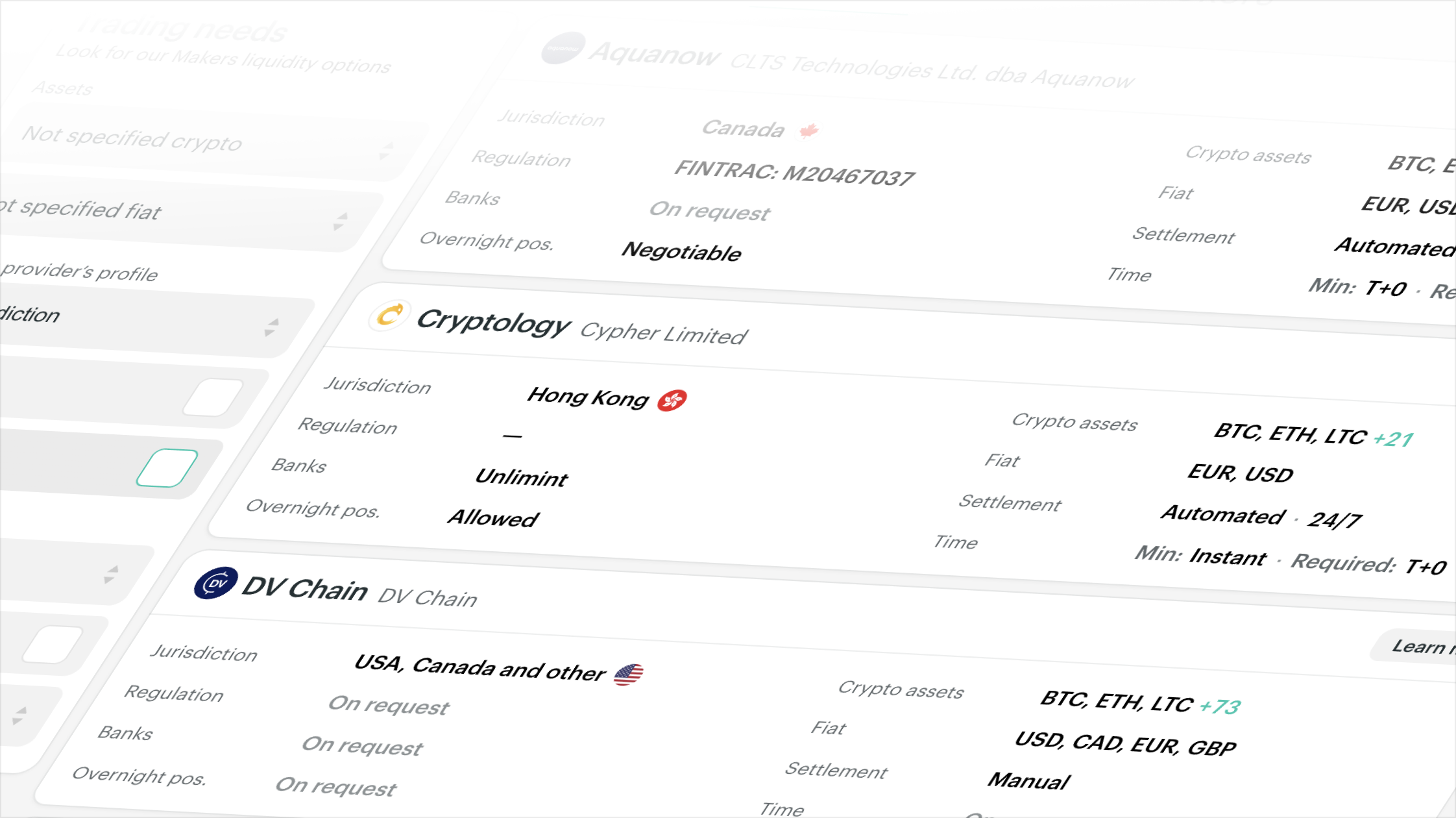After weeks of volatility, crypto markets are finally finding their footing. Bitcoin appears to have bottomed as macro pressures ease, while institutions from Tokyo to Wall Street accelerate their digital finance plays. From Japan’s joint stablecoin initiative to BlackRock’s stablecoin fund and Ripple’s $1B acquisition, the week underscored a clear message: traditional finance isn’t just watching crypto anymore, it’s building within it.
Bitcoin steadies as Fed signals policy shift
Bitcoin is showing early signs of stabilization, climbing nearly 2% over the past 24 hours to $109,405. Analysts say the combination of a dovish tone from the Federal Reserve and the prospect of easing U.S.–China tensions is creating favorable conditions for risk assets. Chair Jerome Powell’s comments last week, hinting that quantitative tightening may soon end and rate cuts are “on the table,” have reignited hopes for a liquidity rebound that could benefit speculative markets.
Institutional analysts increasingly see this as a potential local bottom. “I think Bitcoin is bottoming here,” said Peter Chung of Presto Research, adding that risk appetite could strengthen as liquidity conditions improve. Derive’s head of research Sean Dawson echoed the sentiment, noting that “lower rates push investors up the risk curve into assets like crypto,” though he cautioned that further escalation in trade tensions could delay recovery.
The next catalysts for price action appear macro-driven. Friday’s U.S. inflation print will test the Fed’s new stance, while this week’s Malaysia summit between U.S. Treasury Secretary Scott Bessent and Chinese Vice Premier He Lifeng could influence short-term sentiment. Markets are also pricing in a quarter-point Fed rate cut on October 29—an outcome that could extend crypto’s rebound into Q1 2026 if realized.
Japan’s top banks prepare a joint stablecoin network
Japan’s three largest financial institutions (MUFG, Sumitomo Mitsui, and Mizuho) are forming a shared framework to issue and transfer yen-backed stablecoins among corporate clients. The network will operate under unified technical and legal standards, marking Japan’s most coordinated attempt yet to digitize interbank settlements. MUFG’s Progmat platform, launched in 2023 and backed by multiple Japanese institutions, will underpin the system.
The initiative mirrors similar moves in Europe and the U.S., where leading banks are exploring regulated stablecoins as compliant digital cash alternatives following the GENIUS Act’s passage. Nine European banks, including ING and UniCredit, are reportedly developing a euro-pegged token, while major U.S. banks are drafting plans for a dollar-based consortium model. In Japan, fintech JPYC recently secured FSA approval to operate its yen-backed token, and SBI Holdings plans to distribute Ripple’s USD-denominated stablecoin (RLUSD) in early 2026 pending clearance.
This wave of activity shows how regional banking systems are racing to create interoperable, blockchain-based payment rails that mirror existing fiat infrastructure. As stablecoin volumes exceed $300 billion globally, Japan’s entry adds significant legitimacy to tokenized interbank settlements—a sector poised to redefine cross-border liquidity and FX transfers in Asia.
Coinbase launches crypto operating account for businesses
Coinbase announced plans to launch Coinbase Business, an integrated financial platform for SMEs that combines crypto payments, asset management, and yield generation. The product will allow companies to accept crypto, manage balances across users, and earn up to 4.1% APY on USDC holdings. Integrations with accounting platforms like QuickBooks and Xero aim to simplify reconciliation, while onboarding promises approval within two days.
The initiative positions Coinbase as a bridge between traditional corporate banking and digital assets. The company already receives 50% of USDC reserve revenue through its partnership with Circle, giving it a strong incentive to drive stablecoin adoption among businesses. With yield options and direct bank connectivity, Coinbase is targeting startups and SMBs weighed down by legacy payment inefficiencies and high international transaction costs.
By branding the product a “crypto operating account,” Coinbase is entering the same competitive space as fintech players such as Mercury and Brex—offering yield-bearing accounts and integrated treasury tools—but with native blockchain settlement capabilities. If successful, Coinbase Business could evolve into a scalable enterprise layer that normalizes crypto in day-to-day operations for smaller firms.
Ripple acquires GTreasury in $1B enterprise expansion
Ripple’s $1 billion acquisition of treasury management firm GTreasury marks its most significant corporate move of the year and a clear signal of intent to dominate institutional payment infrastructure. GTreasury, which helps companies optimize cash flows and liquidity management, adds 40 years of traditional finance expertise to Ripple’s blockchain-based settlement network.
The deal comes as corporates increasingly explore digital asset treasuries, with firms like Strategy and Metaplanet already managing multi-billion-dollar crypto reserves. Ripple CEO Brad Garlinghouse said the acquisition would “reduce friction and costs of outdated payment systems,” further integrating blockchain into global corporate finance operations.
As stablecoin use and tokenized deposits scale, Ripple’s expanded capabilities could position it as a preferred partner for enterprise treasury automation—bridging the gap between fiat liquidity management and digital assets. The acquisition underscores how blockchain adoption is now being driven by treasury and payments modernization rather than retail speculation.
BlackRock retools $1T liquidity fund for stablecoin reserves
BlackRock is restructuring its $1 trillion Select Treasury Based Liquidity Fund to serve as an approved reserve vehicle for stablecoin issuers, following the passage of the GENIUS Act. The fund will remove agency debt, shorten Treasury maturities, and include overnight repos to meet the liquidity and compliance requirements of digital dollar issuers.
Jon Steel, global head of cash management product at BlackRock, said the decision “positions BlackRock as one of the reserve asset managers of choice for the digital payments ecosystem.” The fund’s redesign will allow stablecoin issuers to park reserves in a structure fully aligned with GENIUS standards, ensuring transparency and liquidity.
This development strengthens BlackRock’s presence in the stablecoin ecosystem, where it already plays a key role as Circle’s reserve manager and a primary investor in the USDC issuer. With its cash management business recently surpassing $1 trillion AUM, the move reflects growing institutional confidence that stablecoin reserves will become a mainstream asset class in regulated finance.
Visa sees stablecoins unlocking $40T credit market
Visa’s latest report projects that stablecoin-based lending could help traditional finance tap into parts of the $40 trillion global credit market through programmable money. The company estimates that $670 billion in stablecoin-denominated loans have been originated over the past five years, with average loan sizes climbing from $76,000 to $121,000 this year.
According to the report, Circle’s USDC and Tether’s USDT account for 98% of current stablecoin borrowing activity, reflecting their dominance in circulation. Since January, the total stablecoin market cap has grown by $100 billion, largely driven by regulatory clarity from the GENIUS Act and broader adoption of blockchain settlement infrastructure.
Visa frames programmable lending as both an opportunity and an imperative for banks to modernize credit issuance. However, not everyone is optimistic—the IMF warned in its 2025 Global Financial Stability Report that rising stablecoin adoption could amplify leverage and liquidity risks, particularly if traditional banks rely too heavily on tokenized collateral.
Read the report
Kraken acquires Small Exchange to enter U.S. derivatives
Kraken announced its $100 million acquisition of CFTC-regulated Small Exchange, signaling a major push to offer derivatives trading within the U.S. market. The deal, which includes both cash and equity components, gives Kraken direct access to design and operate exchange-listed futures and options under U.S. regulatory oversight.
The move follows Kraken’s July expansion into CME-based futures for global customers and aligns with the regulatory clarity brought by the GENIUS and Clarity Acts. Co-CEO Arjun Sethi said the integration will “connect spot, futures, and margin products inside a single regulated liquidity system,” reducing fragmentation and improving capital efficiency.
Bringing derivatives trading fully onshore could strengthen Kraken’s competitive position against offshore platforms while catering to institutional clients seeking compliant exposure to leveraged crypto instruments. The acquisition also extends the exchange’s strategy to provide a unified, regulation-first trading environment—one of the sector’s emerging differentiators.
At Finery Markets, we continue to monitor how evolving regulatory frameworks, monetary policy shifts, and new market infrastructure are shaping digital asset adoption globally. Follow us for deeper insights into institutional flows, stablecoin strategies, and trading technology innovation. This newsletter is provided for informational purposes only and does not constitute investment, financial, or other professional advice.
























